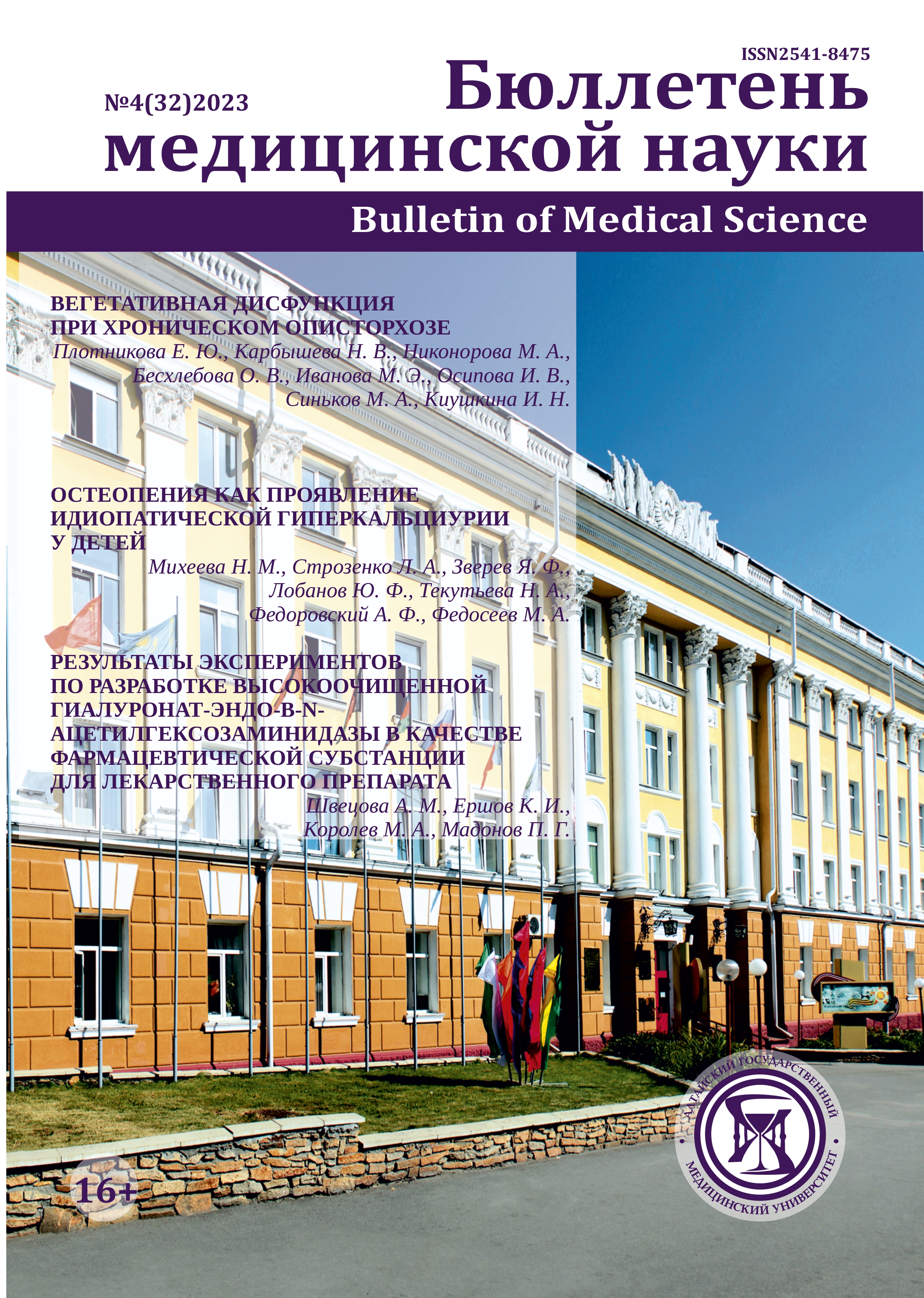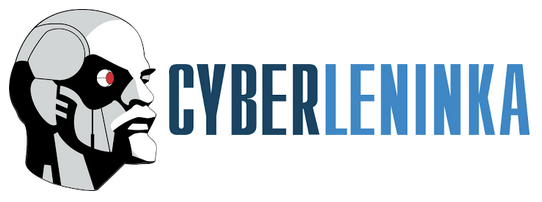OSTEOPENIA AS A MANIFESTATION OF IDIOPATHIC HYPERCALCIURIA IN CHILDREN
УДК 616.613-003.7-053:546.41
DOI:
https://doi.org/10.31684/25418475-2023-4-37Keywords:
children, idiopathic hypercalciuria, decreased bone mineral density, genetic polymorphisms of the VDR geneAbstract
Idiopathic hypercalciuria (IH) can lead to the development of osteopenia and osteoporosis in childhood. Vitamin D and its receptor, encoded by the VDR gene, play a major role in maintaining normal calcium levels in bone tissue. The purpose of the study: to study the state of bone mineral density in children with idiopathic hypercalciuria and the association of vitamin D receptor (VDR) gene polymorphisms with osteopenia. Materials and methods. The study included 35 children with IH aged 5 to 17 years with a history of fractures and/or decompensated caries. The children were subjected to X-ray densitometry to calculate the Z score in the lumbar spine and proximal femurs. A group of children with IH (n=20) underwent a study of the level of 25-OH vitamin D in blood plasma and a genetic study for the presence in genetic polymorphisms of the VDR gene: BsmI Polymorphism IVS10+283G>A, A-3731G (Cdx2), FokI Polymorphism; Ex4+4T>C. Results. A decrease in BMD was detected in 68.6% of children with IH, while 2 patients aged 15 and 17 years had signs of osteoporosis. The homozygous Ex4+4 CC genotype of the VDR (Fokl) gene was significantly more common in patients with idiopathic hypercalciuria. For the remaining genotypes of the VDR enzyme gene, no statistically significant differences could be detected (p>0.05). Conclusion. Idiopathic hypercalciuria in children often leads to a decrease in bone mineral density, which should be taken into account when treating children with this pathology. A genetic predictor of osteopenia in children with IH may be the carriage of the homozygous genotype (rare allele) Ex4+4 CC of whose VDR (Fokl) gene, the study can be used for early diagnosis and prevention of the development of osteoporosis.













